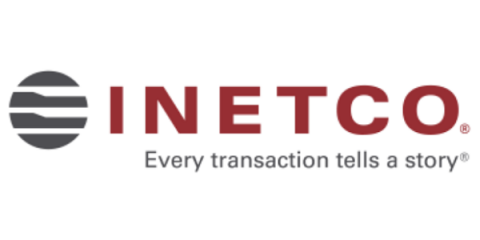Large-Scale "Catphishing" that Targets Victims Looking for Love
For all the recent focus on artificial intelligence and its potential for deepfake impostures, the boiler room is still very much active in the criminal underworld. WIRED describes the ways in which people in many parts of the world (Ireland, France, Nigeria, and Mexico) have been recruited to work as freelancers for a company that seeks to profit from lonely people looking for love. This is how a typical operation runs.







